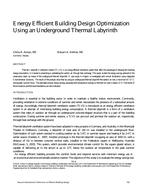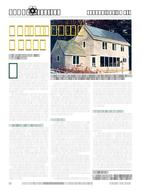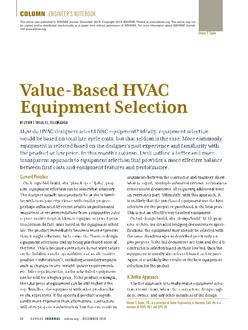As the energy efficiency industry evolves, more complexefficiency projects, such as chilled-water system upgrades, arebeing implemented. This is due to both the completion ofsimpler efficiency projects at many sites and the large room forefficiency improvements in chilled-water systems that arecustom designed for each application and site. Efficiency projectsnot only benefit the owner but also benefit the electricalgrid and society as a whole. As such, electrical utilities seebenefits in incentivizing and claiming these energy efficiencyprojects when customers are willing to go through the utility’smeasurement and verification (M&V) process. M&V needs tobe performed by a third party to determine the verified savingsfrom a project. The verified savings are used by the electricalutility to provide a cash incentive to the customer and also toinform the owner about the actual economics of the project.M&V on a chilled-water system can get complicated and beresource intensive, depending on the adopted methodology.
This paper discusses several available methodologies andtheir limitations. A simplified methodology is then proposed,detailed, and applied to two case studies, one on a chilledwaterplant serving space-cooling loads and another on achilled-water system serving industrial process loads. Thesimplified methodology allows the M&V evaluator to meter thesystem within a reduced amount of time, account for variationin system load, observe an improvement in system efficiency,and quantify the annual energy savings of the system. Thisresults in a streamlined M&V process with reduced costs andimproved annual energy savings estimates, which leads tomore cost-effective utility efficiency programs that are beneficialto society as a whole.
Citation: 2017 Winter Conference, Las Vegas, NV, Transactions, Vol 123, Pt 1
Product Details
- Published:
- 2017
- Number of Pages:
- 14
- Units of Measure:
- Dual
- File Size:
- 1 file , 5 MB
- Product Code(s):
- D-LV-17-020


